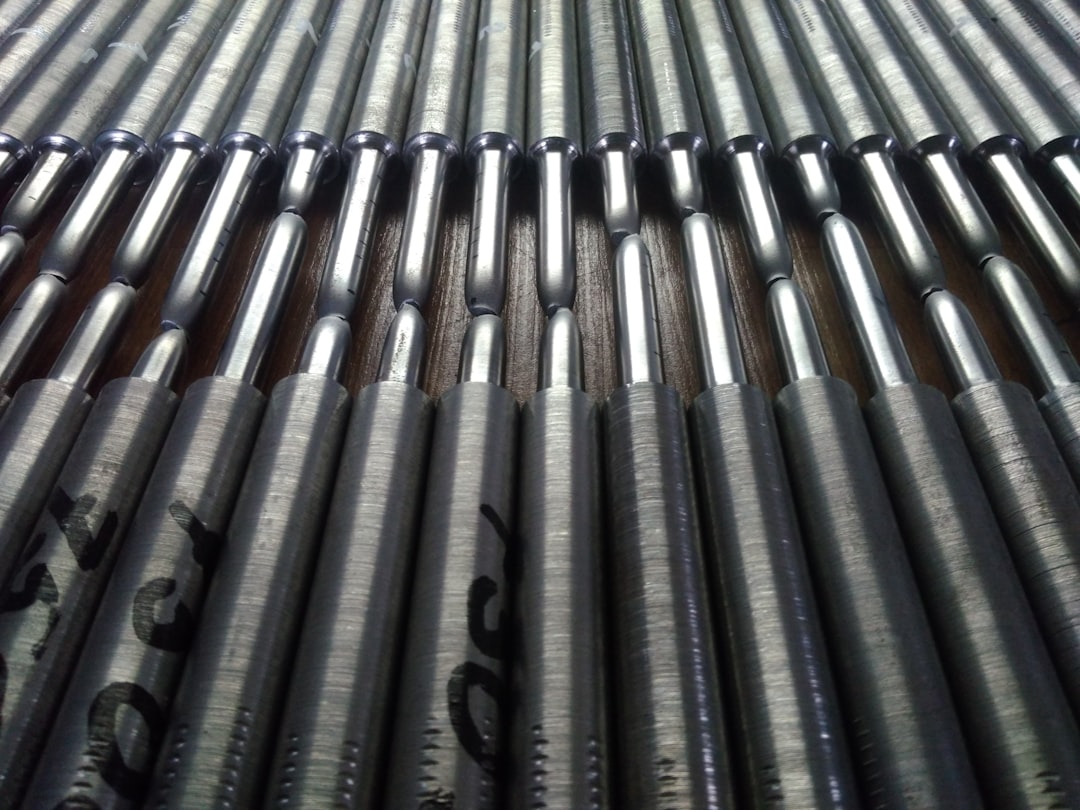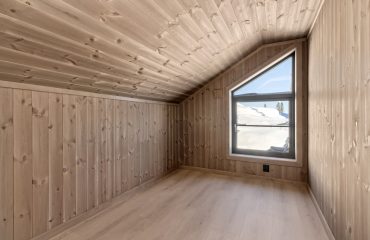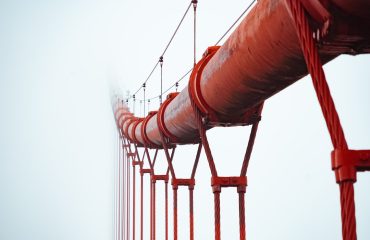In today’s world, noise pollution is a significant concern, impacting productivity, well-being, and even health. Effective sound control is no longer a luxury but a necessity, particularly in buildings designed for various purposes. Acoustic steel profile systems have emerged as a leading solution, offering a robust and aesthetically pleasing way to manage sound within a space. This comprehensive guide delves into the intricacies of these systems, exploring their design, advantages, applications, installation, and future trends.
Understanding the Design of Acoustic Steel Profile Systems
Acoustic steel profile systems are essentially frameworks constructed from lightweight yet strong steel profiles. These profiles are strategically designed to support and house various sound-absorbing materials, such as mineral wool, fiberglass, or recycled materials. The design often incorporates perforated metal panels or other facing materials for an aesthetically pleasing finish. The key to their effectiveness lies in the combination of the resilient steel framework and the sound-absorbing infill. The steel provides structural integrity and stability, while the infill material absorbs sound waves, preventing them from reflecting and creating unwanted noise. Different profile designs cater to various acoustic needs and aesthetic preferences, ranging from simple linear systems to more complex, curved designs.
The Benefits of Choosing Acoustic Steel Profile Systems
Acoustic steel profile systems offer a multitude of advantages compared to traditional soundproofing methods. Firstly, they are incredibly versatile. Their modular design allows for easy customization to fit any space and architectural style. Secondly, they are highly effective. The combination of the steel frame and sound-absorbing material significantly reduces noise transmission, offering superior sound insulation compared to many other solutions. Thirdly, they are durable and long-lasting. Steel is resistant to damage and degradation, ensuring the system’s effectiveness for years to come. Furthermore, they are relatively easy to install, minimizing disruption and project timelines. Finally, they offer excellent fire resistance, adding an important layer of safety to the building.
Applications of Acoustic Steel Profile Systems: Where They Shine
The versatility of acoustic steel profile systems makes them suitable for a wide range of applications. They are commonly used in offices to create quiet zones and improve concentration. In educational settings, they help reduce noise distractions in classrooms and libraries. Hospitals and healthcare facilities benefit from their ability to minimize noise levels, creating a more calming and therapeutic environment. Industrial settings utilize them to control noise pollution from machinery and equipment. Furthermore, they are increasingly popular in residential buildings, enhancing sound insulation between apartments and reducing noise intrusion from external sources. The design flexibility allows for seamless integration into both new constructions and refurbishment projects.
Installation and Maintenance of Acoustic Steel Profile Systems
The installation process of acoustic steel profile systems typically involves a team of skilled professionals. The process begins with careful planning and measurement to ensure a precise fit. The steel profiles are then fixed to the existing structure using appropriate fasteners. The sound-absorbing material is carefully placed within the framework, ensuring proper density and coverage. Finally, the chosen facing material, such as perforated metal panels, is affixed to the system, completing the installation. Maintenance is generally minimal. Regular cleaning of the facing material is usually sufficient to maintain the system’s appearance and performance. The robust nature of steel ensures long-term durability and minimal need for repairs.
Future Trends in Acoustic Steel Profile Systems: Innovation and Sustainability
The field of acoustic steel profile systems is constantly evolving. Future trends point towards increased integration of sustainable materials, such as recycled content in the profiles and sound-absorbing infill. Smart technology integration is also on the rise, with systems potentially incorporating sensors to monitor noise levels and adjust sound absorption dynamically. Improved design aesthetics, incorporating more intricate patterns and finishes, will enhance their architectural appeal. Research into new sound-absorbing materials will further enhance their effectiveness and potentially reduce their overall weight and environmental impact. The development of prefabricated modular systems will streamline installation and reduce construction times.
Acoustic steel profile systems represent a significant advancement in noise control technology. Their combination of effectiveness, versatility, and durability makes them a valuable asset in various settings. As technology and design continue to evolve, these systems will likely play an even greater role in shaping our built environment, creating quieter, more productive, and healthier spaces for everyone.
SEO Tags:
- Acoustic Steel Profile Systems
- Soundproofing Steel Profiles
- Noise Control Solutions
- Acoustic Panels Steel
- Steel Profile Acoustic Insulation




